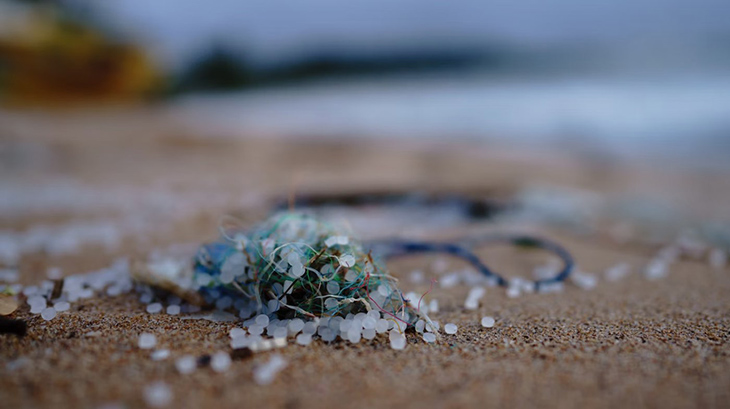
Chinese scientists have developed experimental sponges using starch and gelatin capable of absorbing microplastics, offering a potential solution to mitigate plastic pollution in oceans.
These sponges, as light as a feather, have pores that can trap not only microplastics but also nano-plastic particles smaller than one micron. While sponges already have diverse uses, researchers from the College of Food Science and Engineering in Qingdao explored their application in addressing the pervasive issue of microplastic pollution, which remains a prominent global concern.
Microplastics, found abundantly in the deepest ocean depths, jetstreams, national parks, and remote mountain peaks, raised a widespread environmental challenge. Scientists are actively studying the potential adverse health effects of ingesting and inhaling substantial amounts of plastic, equivalent to up to 50 credit cards annually.
The critical strategy, according to scientists interviewed by Hakai Magazine, is to address microplastic pollution at its source, which is where these innovative sponges prove valuable.
In testing the sponges made from gelatin and corn starch, they demonstrated the ability to remove approximately 90% of micro and nano plastic particles from various environments, including seawater, tap water, soil surfactant, and even take-out lunch soup.
Other Microplastic Solutions:
Additionally, Christian Adlhart, a chemist at Zurich University of Applied Sciences in Switzerland, suggested a practical application of these sponges – adding them to washing machine loads of synthetic clothing. This is particularly relevant as studies have shown that tiny fibers shed during the rinse cycle contribute to water supply contamination.
Adlhart, who published a similar paper in 2021 with sponges made of chitosan from crustacean shells, said, “I think it would absorb a large fraction of the fibers.”
A notable advantage of the Qingdao team’s sponges is their biodegradability, allowing for widespread use. They are exceptionally light, weighing less than a flower petal, indicating cost-effectiveness in production. However, the authors acknowledge a significant environmental drawback – the use of formaldehyde in the chemical process.
They express optimism that continued research will yield an alternative to formaldehyde, making these plastic-absorbing sponges a viable solution for reducing microplastic pollution in manufacturing and laundry applications.
What are your thoughts? Please comment below and share this news!
True Activist / Report a typo


